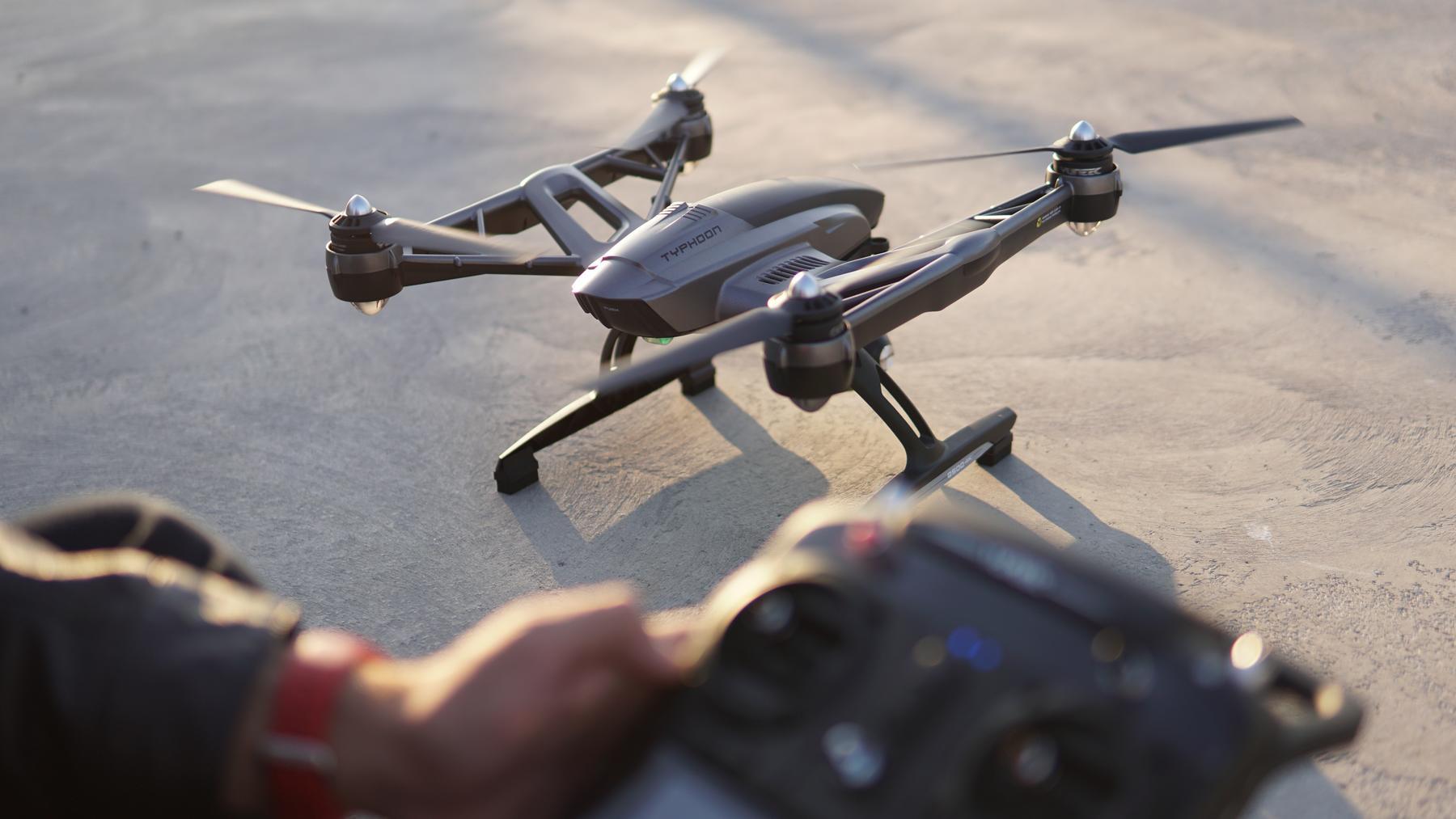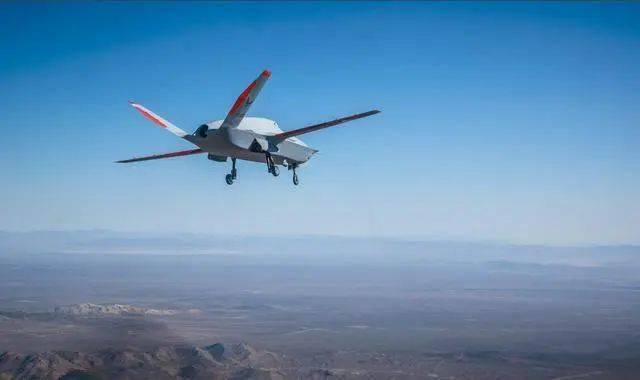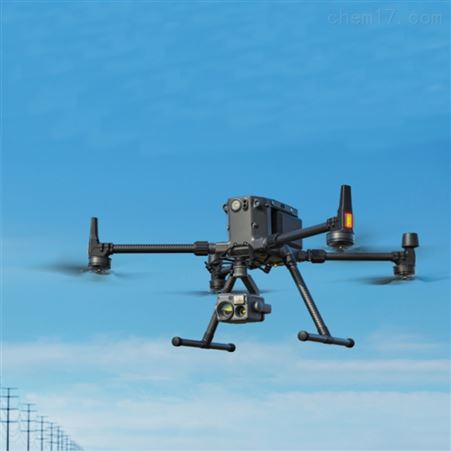Technological Advancements Driving Drone Usage
Modern drones are outfitted with sophisticated technology that enhances their functionality and accessibility. Innovations in battery life, GPS navigation, and camera systems have made drones more efficient and effective than ever before. These advancements have lowered the barriers for entry into the drone market, making them accessible to hobbyists and professionals alike.
Affordable Options for Every Level
The cost of drones has witnessed a significant reduction, allowing more individuals and organizations to invest in drone technology. What was once a luxury only available to large corporations or government entities can now be purchased by everyday consumers and small businesses. As a result, drones are no longer a niche product; they have permeated various aspects of society.
Revolutionizing Industries
Photography and Videography

 Drones have revolutionized photography and videography, providing stunning aerial shots that were previously unattainable without expensive equipment or helicopters. Professional filmmakers and casual users alike benefit from drones’ ability to capture unique perspectives.
Drones have revolutionized photography and videography, providing stunning aerial shots that were previously unattainable without expensive equipment or helicopters. Professional filmmakers and casual users alike benefit from drones’ ability to capture unique perspectives.
Agriculture
Drones are increasingly utilized in agriculture for tasks such as crop monitoring, soil analysis, and spraying pesticides. These applications help farmers increase efficiency and crop yields while reducing costs and environmental impact.
Delivery Services
Companies like Amazon and UPS are experimenting with drone deliveries, promising faster and more efficient delivery systems. While regulatory hurdles remain, the potential for drone-based logistics is vast.
Environmental and Humanitarian Applications
 Drones play a crucial role in environmental conservation efforts, including wildlife monitoring and anti-poaching initiatives. Additionally, in disaster-hit areas, drones provide swift reconnaissance and aid in delivering essential supplies where ground access is compromised.
Drones play a crucial role in environmental conservation efforts, including wildlife monitoring and anti-poaching initiatives. Additionally, in disaster-hit areas, drones provide swift reconnaissance and aid in delivering essential supplies where ground access is compromised.
Challenges and Considerations
Despite their myriad applications, drones face challenges such as regulatory restrictions, privacy concerns, and airspace management. Authorities are continually working on frameworks to ensure drones are integrated safely into everyday life.
Looking Forward
As drone technology continues to evolve, we anticipate even more groundbreaking applications. Autonomous drones and artificial intelligence (AI) integration promise to expand capabilities further, making them indispensable in various sectors.
Drones’ Global Impact
From leisure and entertainment to essential services and humanitarian aid, drones are set to transform our world on a global scale. Their influence reaches far beyond the individual uses, impacting economies and creating new job opportunities.
FAQs about Drone Technology:
How can drones enhance security?
Drones can provide aerial surveillance, monitor large areas, and improve response times during security breaches.
Are drones environmentally friendly?
While drones themselves have a low environmental impact, their applications can significantly benefit environmental monitoring and protection.
What legal restrictions do drones face?
Most countries have specific regulations governing drone usage to ensure safety and privacy, including altitude limits and restricted zones.
